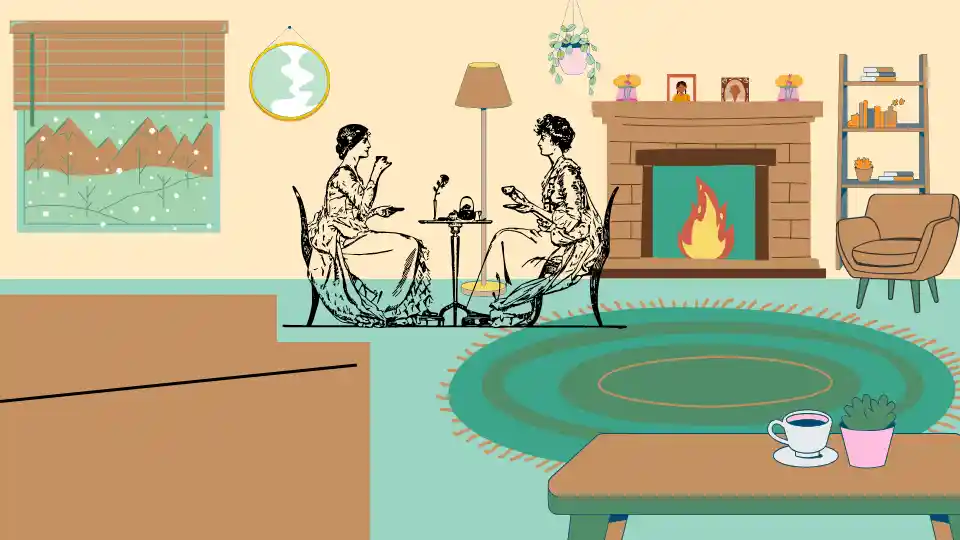Fireplace Safety: Tips to Keep Your Home Safe and Sound
A fireplace is a good source of warmth and charm in your home, but it’s essential to ensure it doesn’t pose any safety hazards. The following fireplace safety tips can help in keeping your home safe and sound:
- Regular Inspections: Have your fireplace and chimney inspected annually by a professional chimney sweep. You can recognize and resolve any potential issues, such as creosote buildup or cracks in the chimney, through regular inspections.
- Creosote Removal: A highly flammable substance that can accumulate in the chimney is called Creosote. It enhances the risk of a fire burst. Ensure it’s cleaned out regularly to prevent chimney fires.
- Use the Right Fuel: Use only seasoned hardwoods like oak, maple, or cherry, which burn cleaner and produce less Creosote. Avoid burning softwoods, treated wood, or paper products, as they can release harmful chemicals.
- Install a Screen or Glass Doors: Keep sparks and embers inside the fireplace by using a sturdy metal mesh screen or glass doors. Make sure they are properly installed and maintained. Ortal Fireplaces come with safety accessories, which become helpful in maintaining protection.
- Keep Flammable Materials Away: Ensure that flammable materials like curtains, furniture, and rugs are at a safe distance from the fireplace. Ideally, maintain a minimum clearance of at least three feet.
- Use a Fireplace Grate: A fireplace grate elevates the wood, allowing air to circulate underneath and promoting better combustion. It also helps keep logs in place and prevents rolling embers.
- Use a Spark Guard: Consider using a spark guard in front of your fireplace to prevent sparks and embers from escaping.
- Monitor Children and Pets: Keep a close eye on children and pets around the fireplace. Establish a designated safe zone to prevent accidents.
- Proper Ventilation: Pay attention to maintaining home ventilation when using the fireplace. Slightly opened windows can help maintain good airflow, which aids in preventing the buildup of smoke and carbon monoxide.
- Install Carbon Monoxide Detectors: Place carbon monoxide detectors in close proximity to the fireplace and throughout your home. Carbon monoxide, a product of combustion, is colorless, without any smell of gas, and it can be deadly.
- Practice Safe Ash Disposal: Allow ashes to cool in a metallic container with a tight-fitting lid. Store this container away from combustibles, and never use a plastic bag or cardboard box to dispose of hot ashes.
- Don’t Overload the Fireplace: Avoid overloading the fireplace with too much wood. It can lead to excessive heat and a higher risk of sparks and embers escaping.
- Use a Fireplace Screen: Invest in a sturdy fireplace screen and prevent sparks and embers from flying out and potentially igniting nearby materials.
- Educate Family Members: Ensure that everyone in your household understands fireplace safety rules and knows how to use the fireplace responsibly.
- Install a Chimney Cap: A chimney cap can prevent birds, debris, and rainwater from entering your chimney, reducing the risk of blockages and water damage.
By implementing these fireplace safety tips, you can feel the warmth and ambiance of your fireplace while ensuring the safety of your home and loved ones. Remember that an annual inspection by a professional is crucial to address any potential issues and maintain a safe and sound fireplace.







